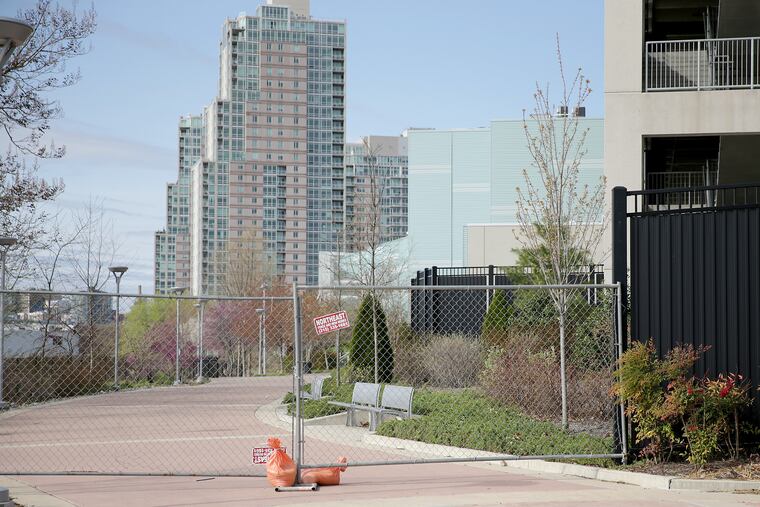Philadelphia officials stopped Rivers Casino from closing off its Delaware River trail, but that’s not enough | Inga Saffron
Cities around the world are starting to close parks. But as the coronavirus crisis grows, we need more public space, not less.
